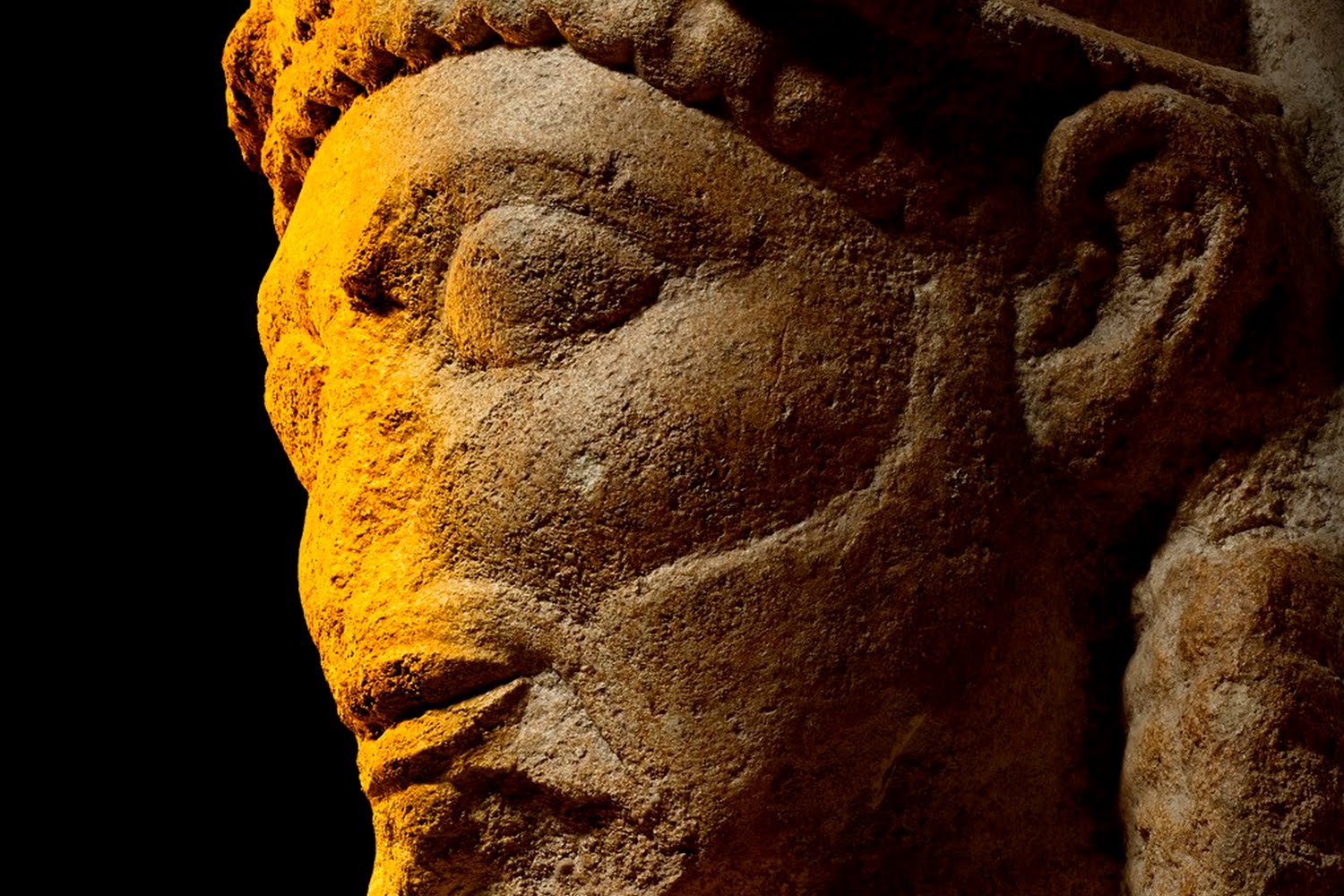Sicily: Culture and Conquest
There I stood, the slopes of Mt. Etna rising before me, the glorious Sicilian coastline reflecting the brilliant blue sky. I hadn’t taken a trip to Sicily, but was rather at the British Museum’s latest exhibition, Sicily: Culture and Conquest, gazing into one of the many photographic vistas that adorn the walls. When I first entered the exhibit, two objects immediately caught my attention. On the left, a terracotta pot dating to 650-600 BCE. Its importance? It is the earliest known depiction of what is now the official symbol of Sicily, the triskelion (three legs in a circle). The influence of Greek culture on Sicily is still felt to this day it seems. The other object was a wonderfully ornate ivory casket. Made by Muslim craftsman, it bears a long Arabic supplication, but also Christian iconography (two haloed saints holding crosses). The casket was most likely made as a gift for the Cathedral of Bari, and demonstrates Norman Sicily’s multicultural exchange and religious co-existence. These two objects sum up the story of this exhibition, which …

